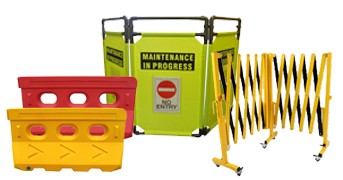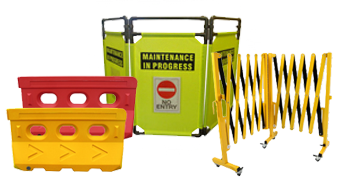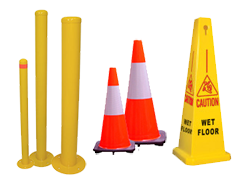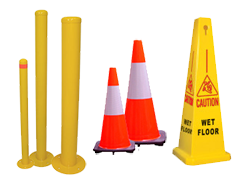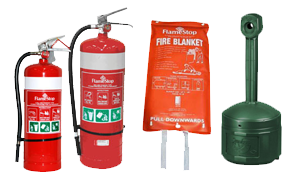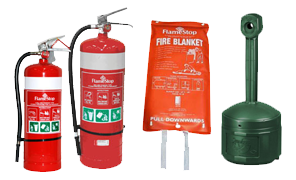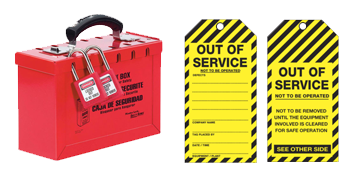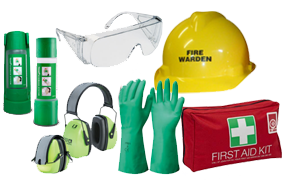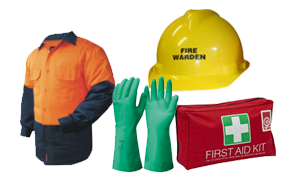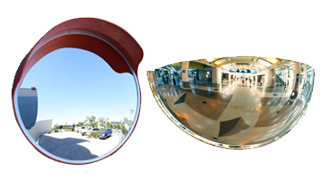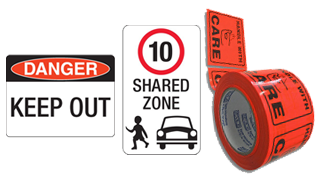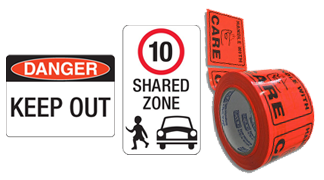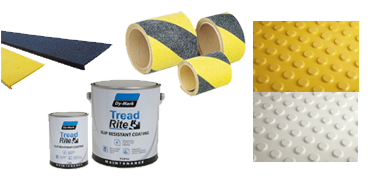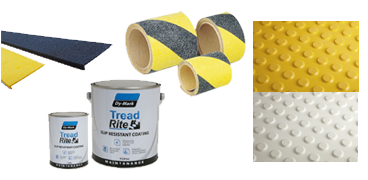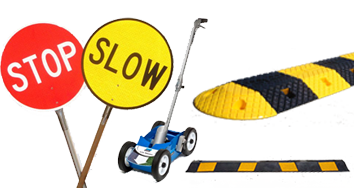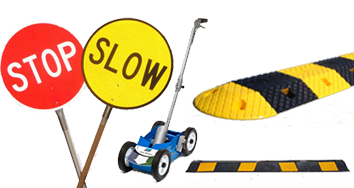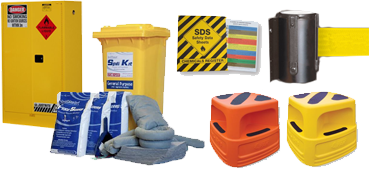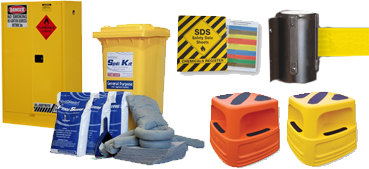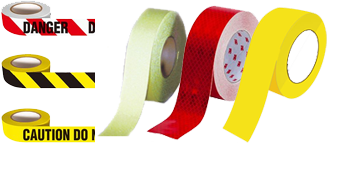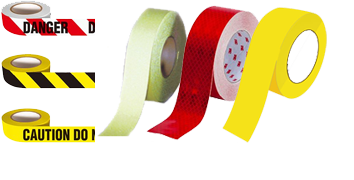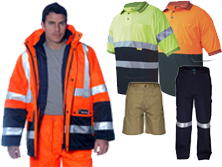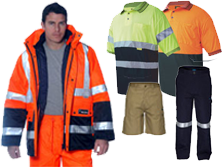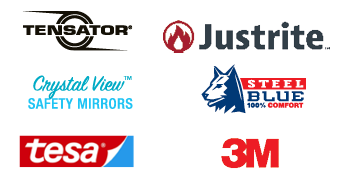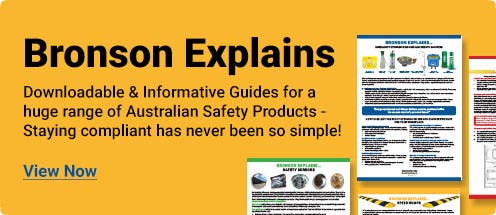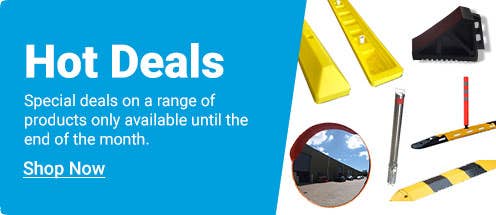![Pedestal Mounted Aerated Steel Bowl Eye Wash Station (With Hinged Cover)]() Pedestal Mounted Aerated Steel Bowl Eye Wash Station (With Hinged Cover)$1,313.57 $1,194.15
Pedestal Mounted Aerated Steel Bowl Eye Wash Station (With Hinged Cover)$1,313.57 $1,194.15
Emergency Eye Wash & Shower Stations
Protect employees against hazardous chemicals, dusts and vapours in emergency situations.
Important Facts You Need To Know - Emergency Flushing Stations
Every year, hundreds of Australian Business Owners fail to use and maintain Emergency Showers and Eye Wash equipment properly. Shower and Eyewash stations are a first response tool in emergency situations. Continuous maintenance and regulation of this equipment is extremely important for securing the health and safety of all employees.
The following information is adapted from Australian Standard AS4775-2007. This standard outlines specifications and procedures regarding Emergency Eyewash and Shower Equipment.
Before purchasing a Station, ensure you have read the following:
- Emergency Eyewash and Shower Stations must be positioned within ten seconds reach of a potential hazard.
- The area surrounding an Emergency Station must be illuminated clearly. In some states in Australia, a Green Light is used as common practice to indicate the whereabouts of a station, however it is not legally required.
- The pathway leading to all emergency wash stations must remain clear and unobstructed at all times.
- All emergency showers, face and eye wash stations must be easily identified with correct signage (also in compliance with AS1319). All necessary signage is available and sold separately at Bronson Safety.
- Maintenance regulations for emergency showers, face and eye wash products indicate that inspections are necessary on a weekly basis (by the company safety officer), and once annually (by a trained professional). These strict maintenance procedures ensure conformance with all requirements of this standard. Each inspection must be marked on a permanent tag attached to each station. For more information on weekly maintenance procedures, click here.
- All plumbed equipment must be activated weekly to verify operation and ensure that flushing fluid is available.
- For more information on how to pick a suitable station for your needs, click here.
Note: These points are not exhaustive. We recommend taking further action by purchasing the Australian Standard and consulting WHS Laws and Regulations specific to your state or territory. In regards to specific installation and maintenance procedures and further information, consult a professional.

